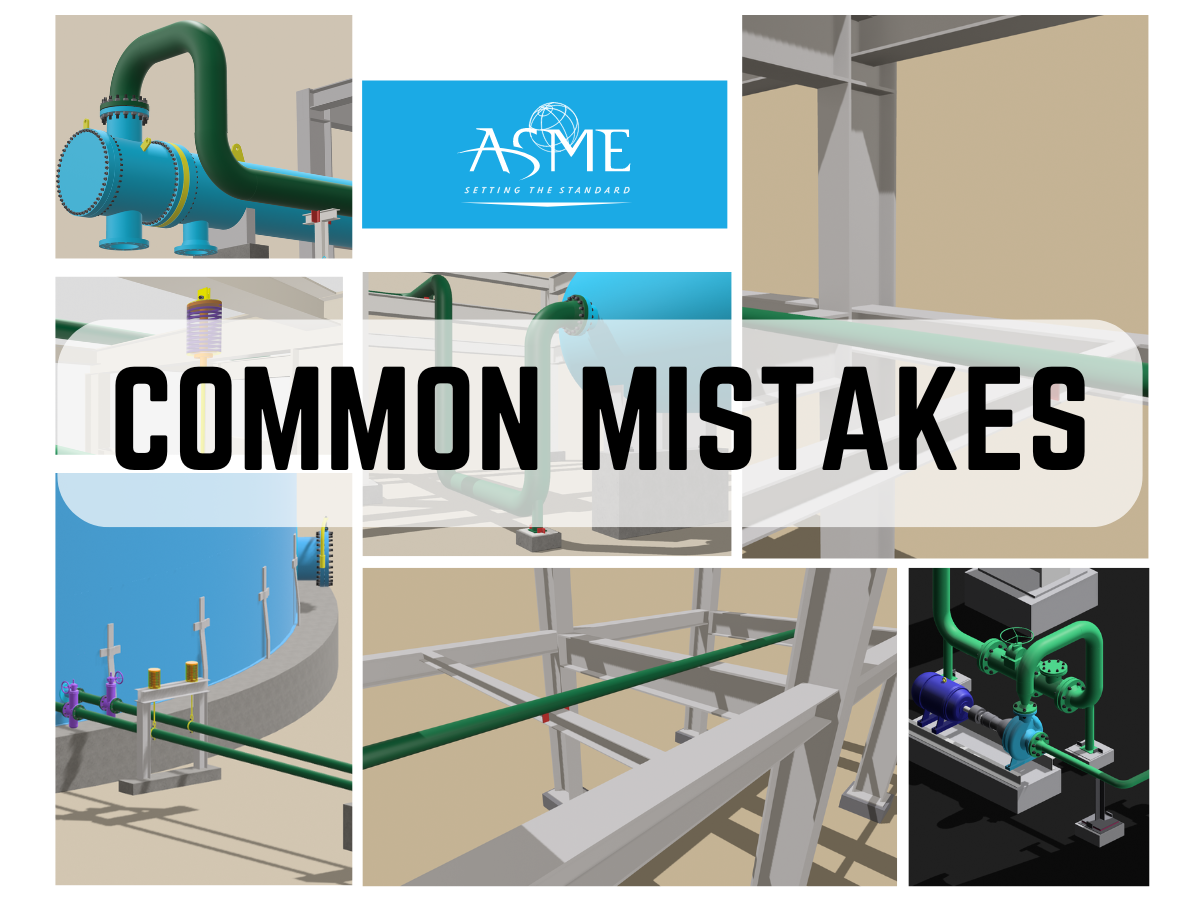PIPING STRESS AND SUPPORT ENGINEERING BLOGS
PipingStress.Net contains blogs and various video content about Piping Stress Engineering. Detailed information about pipe support and pipe restraints are essential subjects mentioned in our blogs and videos.
The blogs also contain information about international codes and applications in the Oil and Gas Industry. In addition, you will see the equipment behaviors under operation pressure and temperature in our videos by the provided links. These videos are animated videos for a better understanding of the technical issues.
Please write your request to us from the contact page, if you want to learn about any special subject.
Welcome to our immersive hub of knowledge, where the intricate world of piping stress and support engineering comes alive through vivid visuals and expertly crafted animated videos.
Our blog is a treasure trove of insights, designed to demystify complex technical details and empower enthusiasts and professionals alike.
Visual Brilliance: Dive into the technical intricacies of piping systems with our extensive collection of photos and sketches. Each visual is carefully curated to offer a deeper understanding of the principles driving piping stress analysis and support engineering. Whether you're a seasoned engineer or a curious learner, our visuals are your gateway to a clearer comprehension of these critical concepts.
Animated Revelations: Experience a new dimension of learning through our animated videos. Prepared by our experts, these videos provide dynamic insights into the dynamic forces at play in piping systems. From thermal considerations to support engineering strategies, our animations bring theory to life, making it accessible to all levels of expertise.

Common Mistakes by Piping Stress Engineers
A flawless stress analysis certainly deserves the utmost care and attention when it comes to technical input, extensive knowledge, and practical experience. For a new piping engineer, it would be beneficial to read this informative blog post in order to learn about the common mistakes made in the field, which will ultimately help to enhance his or her overall experience and proficiency in performing stress analyses.


